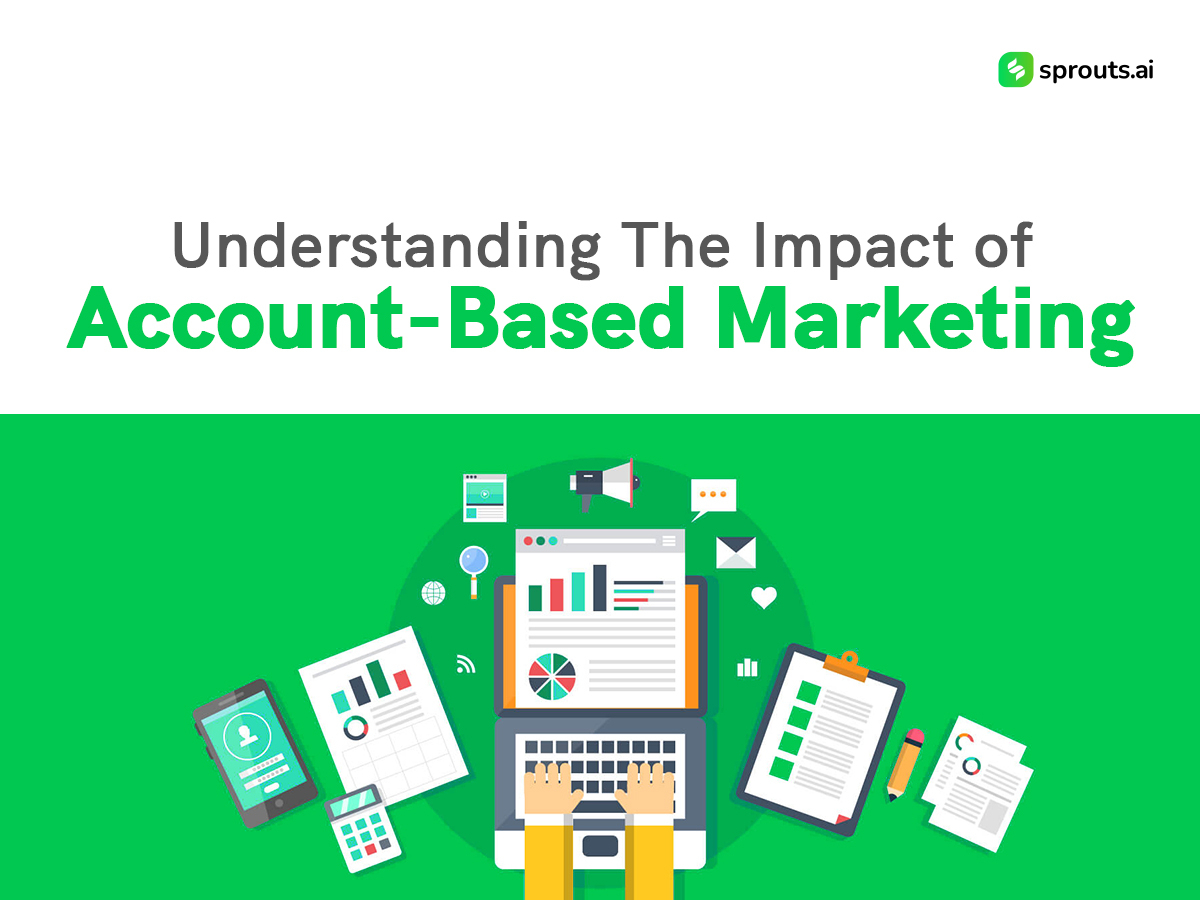Account-based marketing (ABM) is emerging as a game-changing strategy in enabling businesses to target and engage with high-value prospects more impactfully. In this blog, we’ll discuss what is Account-Based Marketing (ABM), why it’s a potent tool for businesses, and how to implement it to supercharge your sales efforts effectively.
What is Account-Based Marketing (ABM)?
At its core, Account-Based Marketing (ABM) is a highly focused strategy that centers around tailoring your marketing efforts to specific high-value accounts or target customers. Unlike traditional mass marketing approaches that aim to cast a wide net and attract a broad audience, ABM hones in on a select group of accounts that align closely with your ideal customer profile. This approach treats each targeted account as a unique market, crafting personalized campaigns and messages addressing their pain points, challenges, and goals.
Why ABM Matters: The Power Behind the Approach
Enhanced Personalization: ABM is like a tailor-made suit for your marketing strategy. By focusing on a limited number of accounts, you can delve deeper into understanding their needs, preferences, and behaviors. This enables you to create hyper-personalized content and experiences that resonate with your prospects more deeply. Personalization isn’t just a buzzword; it’s a critical component of building strong, lasting customer relationships.
Improved ROI and Resource Allocation: Traditional marketing efforts often waste resources, as they target a broad audience that may not be interested in your offering. On the other hand, ABM allows you to allocate your resources more efficiently by focusing on accounts that are more likely to convert. This laser-focused approach enhances your return on investment (ROI) and ensures that your efforts are dedicated to those who matter most.
Stronger Alignment between Sales and Marketing: ABM fosters tighter collaboration between your sales and marketing teams. By working together to identify high-potential accounts and developing tailored strategies, your teams can align their efforts and work towards a common goal. This enhances communication, reduces friction, and ultimately drives higher conversion rates.
Shorter Sales Cycles: You will likely encounter shorter sales cycles when you target accounts that closely match your ideal customer profile. Since your messaging is relevant and resonates with the account’s specific needs, decision-makers are more inclined to move through the buyer’s journey more swiftly. This efficiency is a boon for your sales team and your bottom line.
Implementing ABM: The Blueprint for Success
Identify High-Value Accounts: The first step in implementing ABM is to identify the accounts that are most likely to bring significant value to your business. Collaborate with your sales team to create a clear, Ideal Customer Profile (ICP). This profile should include demographic, firmographic, and behavioral attributes that define your target accounts.
Segmentation and Personalization: Once you’ve identified your high-value accounts, it’s time to segment them into smaller groups based on shared characteristics and challenges. Craft personalized messages, content, and campaigns that address each segment’s unique pain points and goals. Remember, personalization is the heart of ABM.
Multi-Channel Engagement: ABM isn’t limited to a single channel. To maximize its impact, leverage a mix of channels such as email, social media, content marketing, and even offline events to engage your target accounts. Consistency in messaging across these channels reinforces your brand and resonates more effectively with your prospects.
Leverage Technology and Data: Technology plays a crucial role in ABM implementation. Utilize customer relationship management (CRM) systems and marketing automation tools to track interactions, monitor engagement, and gather insights about your target accounts. This data-driven approach empowers you to refine your strategies and make informed decisions.
Collaborate for Success: The success of ABM hinges on the collaboration between your sales and marketing teams. Regular communication, shared goals, and a unified approach are essential for seamless execution. Encourage open dialogue and feedback loops to optimize your ABM strategies continuously.
Empowering Your Sales with ABM
By focusing your efforts on a select group of target accounts and tailoring your messaging to their unique needs, ABM can transform your sales outcomes and foster stronger, more meaningful customer relationships.
The question is not whether you should embrace Account-Based Marketing (ABM) but rather how soon you should implement it. As the business evolves, ABM is a beacon of strategic innovation, guiding businesses toward a more personalized and impactful approach to customer engagement. By identifying high-value accounts, crafting personalized campaigns, leveraging multi-channel engagement, and fostering collaboration between sales and marketing teams, you can unlock the true potential of ABM and revolutionize your sales efforts.

